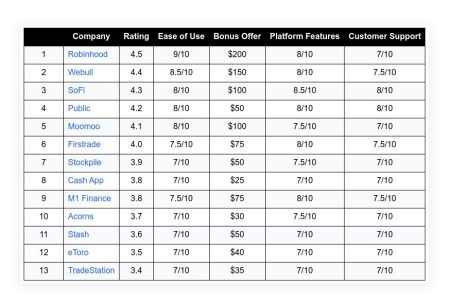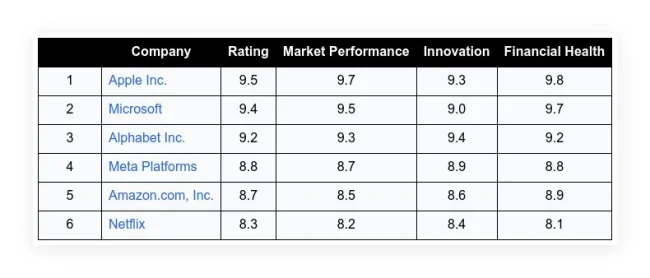If you are a business, especially a startup in the first year, managing cash flow isn’t just essential; it is a matter of survival. If you run out of cash, your business cannot survive. More often than not, small businesses focus heavily on sales, marketing, and attempting to realize and grow profits, and not enough on the cash coming into and out of their company. Or rather, they don’t focus on cash flow, until it is too late.
Some companies, on the other hand, do carefully monitor and manage cash flow, and as a result are more successful in the long run. Here are five surefire tips for managing cash flow that will keep your company running in the black.
Table of Contents
Toggle5 Tips for Managing Cash Flow in Your Small Business
Micromanage Your Accounts Receivable
All the sales and services in the world are worthless if your clients do not pay for them. Ensure that you have a firm plan in place for pricing, invoicing, and ultimately collecting payment for sales or services rendered. If your business contracts work to clients – like construction or fabrication of specialty items – consider requiring a down payment; this will enable you to initiate work, while the client funds the start of the project.
Additionally, you should consider requiring payment in full upon completion of a sale or service, rather than allowing too much latitude for payments. This will expedite payments to your company, and leave you in a better position to deal with your accounts payable, and make it easier to determine your profits.
Set Good Terms with Your Vendors
Once you establish good terms with your customers for cash inflows, you have to deal with your outflows. Negotiate good terms with all of your vendors, who provide the inputs to your work. Try to get the best terms and the most leeway with your payables as possible.
Ideally, you want your payment terms to be as liberal as possible (unlike the stricter terms you set with your customers); this will help eliminate pressure on your company when payments from your customers come later than expected.
Build a Cash Reserve
No matter how successful your business is, it is inevitably going to experience cash shortfalls from time to time. Clients are going to pay late, or fail to pay in some cases, and bills are going to come due sooner or later.
Maintaining a cash reserve to cover expenses is prudent, especially for a startup. If your business is getting ready to open its doors, try to begin with some cash in the bank to start with. This can take some of the stress on cash flow off your business over the first few months.
Set Up a Line of Credit
While solid accounts receivable procedures, liberal accounts payable terms, and a cash reserve on hand are a healthy start, they may not be good enough to cover your business all the time. If you have an exceptionally bad month collecting payments from customers, or have an unforeseen event occur within your business (like the destruction of equipment, loss/theft of inventory, etc.), your cash flow may get hit hard.
In order to prepare for emergencies, and other extreme events, it is a good idea to set up a line of credit at a bank. This will enable you to take a short loan to cover expenses at a critical time, pay it back when receivables come in, and keep your company solvent.
Leverage Technology
While managing cash flow is a challenge for any business, keeping track of it is easier than ever. There are all kinds of accounting software and services available to do this, and it is easier than ever to download a cash flow spreadsheet and put it to work immediately. So don’t toil away on an old ledger book, let technology do the work for you.















